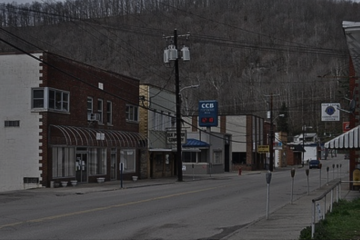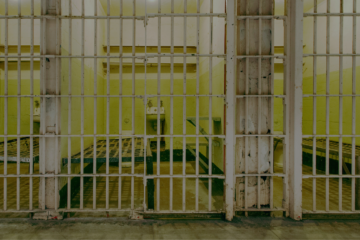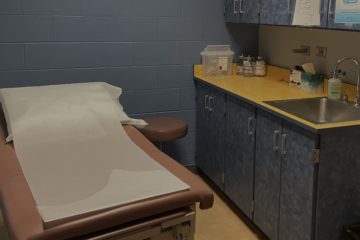Quick question: How does the health care system connect with the food resource system in West Virginia?
Do you know?
Is there even a food resource system in West Virginia?
These are important questions, and in 2020, we embarked on a journey to find out. Here’s what we’ve learned.
Through trial and error, we realized that there’s no real food access infrastructure in our state. From the federal to state level, there’s a well-developed infrastructure. The U.S. Department of Agriculture (USDA) provides food assistance via several different programs and works with the West Virginia Department of Agriculture to help distribute USDA commodities in our state. In addition, it works with our state’s two food banks— Mountaineer Food Bank and Facing Hunger Foodbank— to distribute food. Both food banks are members of Feeding America, a national system of 200 food banks across the United States. It coordinates with national partners to help food banks get their food.
But once you get off the proverbial interstate, the roads to access to services like pantries, soup kitchens, and backpack programs vary widely, depending on where you are in the state. People aren’t aware of where these roads are. Some roads are tough to get to. And most importantly, many people live in places where the roads don’t lead to a place where they can access food.
I was naïve when we started The Health and Hunger project two years ago. I thought the names/locations of most of West Virginia’s food pantries, soup kitchens, and backpack programs would be easily accessible online– probably on a government website.
This isn’t the case at all, and this is an important point. Folks, there is no website online that will give you a current, comprehensive list of food resource services in our state. Some organizations have tried, and we appreciate their efforts, but it’s the type of thing that needs continual updating.
There’s no centralized source, and importantly, there’s no current effort to create a centralized source.
There are some helpful sites. There’s WV 2-1-1, but our state food banks do not upload their list of subcontractors to this site on an annual basis. WV Foodlink has a great site, but its map is several years old. You’d be surprised at how often pantries and providers open, close, or move. Think about who operates these services. Most are faith-based organizations. Most workers are volunteers, and many are senior citizens. Especially during the pandemic, imagine how often programs could shudder due to the lack of available volunteers to keep them open.
In our issue brief, Health & Hunger in WV: Building Bridges at the Community Level in Boone, Lincoln, Logan Counties, we articulate the challenges and recommendations to improving this food resource infrastructure. These ideas came from a series of meaningful conversations with stakeholders in these counties— and you can watch those conversations here. In the brief, we recommended that our state government initiate the process of bridging these two systems by incentivizing the two state’s food banks to upload their database of subcontractors into the United Way’s WV 2-1-1 database. By doing this, we can begin the process of centralizing information on all food resource providers into one source.
Now, not all food pantries, soup kitchens, backpack programs, etc., subcontract with these food banks, but many do, so this would be a great start. We are big fans of WV 2-1-1. It’s the largest (and may be the only) of its kind in our state. It has staff that updates its database daily. It provides much more than just phone numbers on a pdf. Instead, you can call or access online, and you can click on social media links. This is a big deal. Many of these food resource providers update the dates/times of availability and events on Facebook, not on a website. So often, organizations only provide a number to call to connect with a food resource provider. But why? We know most pantries are operated by volunteers and are open only a few hours a week. Why in the world make someone suffering from food insecurity keep calling a phone number where no one is available, when volunteers are much more often responding online?
An added bonus: WV 2-1-1 is now partnering with Aunt Bertha to connect West Virginians to a multitude of social resources. The United Way is piloting a project with WVU Medicine where they’re connecting the Aunt Bertha platform with electronic health records, so patients that identify as food insecure can leave their doctor’s appointment with a referral to the closest food pantry to their home.
Now that is bridging health care with community food resources. Imagine how powerful a tool that could be if the database included every pantry in our state.




0 Comments